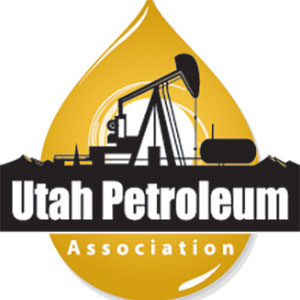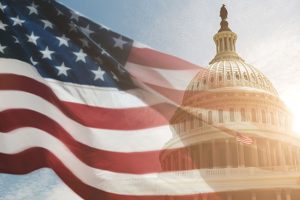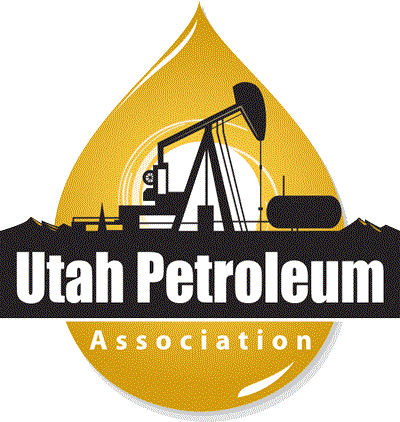By The Utah Petroleum Association
As you have doubtless heard, the Biden administration has been hurriedly progressing their policy agenda, starting on day one with the Department of Interior Order 3395 and swiftly following with an Executive Order from the president himself on tackling the climate crisis at home and abroad. While we share in the mission to set forth a sustainable vision for future generations, we clearly have a different definition of “sustainable.” Let’s unpack what these actions mean for Utah.
DOI Order 3395
- 60-day suspension of delegated authority for anyone other than nine individuals in D.C. to approve:
- New oil, gas, mining approvals
- Resource management plans
- Right of ways
- National Environmental Policy Act approvals
- RS2477 road decisions
Executive Order “Tackling the Climate Crisis at Home and Abroad”
- Open-ended ban on new federal natural gas and oil leasing
- Comprehensive review and reconsideration of Federal fossil fuel permitting and leasing practices — consideration of greenhouse gas emissions and climate change
- Increasing royalties associated with coal, oil, and gas
- Accounting for climate costs
- Carbon pollution-free electricity sector no later than 2035
- Conserving at least 30% of our lands and waters by 2030
Let’s start with some basics — Utah is ninth in the nation in oil production, 13th in natural gas, seventh for non-fuel mineral production, and 11th in coal. This wealth of resources and local decision-making on our energy mix has allowed our natural resource industries to be the backbone powering our state’s economic development. Utah enjoys stable and low-cost energy, which lured the I.T. sector to establish Silicone Slopes and is driving our position as the fourth fastest-growing state in the U.S.. If the Biden policies stand, we risk losing that backbone and the resulting momentum to continue to successfully grow our state.
These policies impact every single Utahn, but they disproportionately impact rural Utah. Roughly two-thirds of the state of Utah is federal lands, most of that located in rural Utah. Locally produced oil and natural gas are critical drivers of our economy, with 56% of our wells located on federal lands. Coupled with the fact that the oil and gas industry provides some of the highest-paying jobs in the state, currently tied with I.T. for highest monthly wages, and the fact that the industry is a top employer in the basin, with oil and gas wages more than 65% above the country average, our rural communities and families will be hardest hit.
Real innovation and progress come from collaboration and creative problem-solving, not from blunt force actions such as the executive order mandating a federal leasing ban and its attendant suite of actions. Utah is an exemplar of such collaboration with the proliferation of Tier 3 gas from our state’s refineries. While the EPA allowed facilities to meet their T3 fuel requirement on a fleetwide basis, all five of the Salt Lake refineries have voluntarily committed to producing Tier 3 gas here in Salt Lake — four are already doing so today. Tier 3 gas reduces harmful emissions by up to 80% in newer vehicles and up to 12% in older cars.










